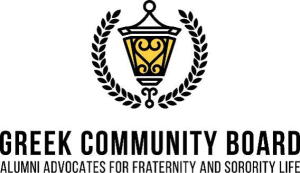
 The Atlantic posted an article Wednesday titled “Elite Liberal-Arts Colleges Aren’t Producing Highest-Earning Elites.” The United States Department of Education released a “College Scorecard” in September. While it’s not exactly a ranking system, Bourree Lam wrote in The Atlantic article, “it included information on loans, earnings and tuition costs, it can be used to sort schools based on graduates’ average earnings.”
The Atlantic posted an article Wednesday titled “Elite Liberal-Arts Colleges Aren’t Producing Highest-Earning Elites.” The United States Department of Education released a “College Scorecard” in September. While it’s not exactly a ranking system, Bourree Lam wrote in The Atlantic article, “it included information on loans, earnings and tuition costs, it can be used to sort schools based on graduates’ average earnings.”
According to the article, the median earnings of students from selective liberal-arts colleges was below $50,000, 10 years after graduation. Conversely, research university graduates mostly earned more than $50,000 after 10 years. The data is limited, however, and should not be taken as an explicit suggestion as to which schools are superior to others.
Lam went on to characterize some sentiments about liberal-arts schools as “unaffordable luxuries.” But supporters of the liberal-arts argue that it helps to create “good citizens.” Job earnings are less important than the personal development of the individual, the supporters might claim.
As students continue plugging along this semester, The DePauw encourages you to be honest with yourself about what you want your liberal-arts education to do for you. We don’t mean you need to have an exhaustive, ten-year plan for life after graduation. Rather, we just hope you are prepared to face your job markets while being able to be happy as well.
Learning, especially at an elite institution, is a privilege, as a Huffington Post article titled “Your Mental Health is More Important Than Your Grades” mentioned. Within a global context, papers, presentations and tests are minuscule when compared to wars, politics and economy.
It is important, as you move throughout your college career, to be honest with yourself about what your goals and aspirations are. Being honest requires one to visualize what his or her life might be like outside of school—really imagining what it would look and be like.
So, if you really want to make a lot of money, you have to be willing to put in the work. We cannot expect to ride on the coattails of a DePauw education and think the world will open up each door through which we want to walk. The College Scorecard empirically shows that a considerable percentage of liberal arts students earn around $50,000, even after years of “the real world.”
It is important, however, to distinguish our earnings from our worth. There is a reason all of us continue to stay here. We sort of intuitively believe this decision—going to an expensive liberal-arts school—will pay off. This belief is fine, but we can’t just expect our dreams to come true just because our college was expensive.
We can use these four years to find out what we love to do and to figure out how to do it better. This prospect is inherently exciting, as a world of possibilities await us once we grab our diploma. Our dreams and goals will mean nothing, however, if we do not do what’s necessary to make them happen.


